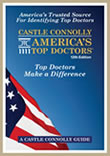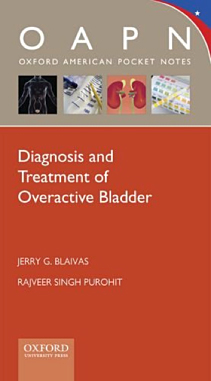Vasectomy NYC Vasectomy Specialists New York
Is Vasectomy a Good Form of Birth Control and Should I Get It Done?
We commonly see patients in the office for advice on contraceptive options and, more specifically, for a vasectomy. It is highly effective (>99% success rate) and as you’ll see below you should consider the risks and benefits before deciding.
What is a Vasectomy?
Vasectomy is the medical phrase for cutting the small tube, the vas, inside each side of your scrotum which transports sperm to the penis.
When is Vasectomy a Good Option for Birth Control?
It’s a good operation if you are 100% certain that you don’t want to have more children and are sure that there is no chance that your partner (or future partner) will want one in the future. It is also a great option if you want to stop using condoms or your partner is still fertile and tired of taking, or is worried about the side effects of, birth control pills.
Can you Reverse a Vasectomy?
Although you can potentially reverse a vasectomy, success rates of reversals are not 100% and the decision to get a vasectomy is something that should be done after careful thought and not at the spur of the moment. Most patients who come to us have thought about it for months if not years.
Who Usually Gets a Vasectomy?
The typical patient is a married man in his 30s or 40s who has children whom he loves, but after discussion with his wife or partner has decided that he definitely does not want any more. Sometime unmarried men and/or men who do not have children are also confident enough that they do not want children in the future to get a vasectomy done.
What Can I Expect if I Decide to Get a Vasectomy Done?
The state of New York requires at least a month from the time a decision is made to have a vasectomy to the time of the procedure. The surgery itself is usually done in the office under local anesthesia. We usually use a technique called the “no scalpel technique” in which the skin is spread apart but not directly cut. We find the vas, cut it, cauterize the inside of the tube, tie or clip it and bury the two ends of it away from each. Each of these steps helps prevent the vas from somehow “fixing” itself and become patent again. The procedure typically takes around 30 minutes from start to finish.
What are the Risks of a Vasectomy?
While there are many theoretical risks, the most common include an infection, bleeding, and pain which can take some time to resolve. These risks are pretty low and most patients we operate on don’t have any problems after the vasectomy.
What Happens after the Vasectomy?
After the surgery, patients return to the office 1 week after the procedure to make sure everything is healing well. They have to continue to use protection because it can take 3 months to clear residual sperm from the ejaculatory ducts. At 3 months we check a semen analysis to confirm that no sperm is present – then you’re good to go!
Will a Vasectomy Affect My Sex Life?
The vasectomy won’t affect your ability to have erections, the sensation of orgasms feel the same and the ejaculate even looks the same and is usually about the same volume.
So, if you are absolutely sure you don’t want to have any more kids and understand what the procedure entails, vasectomy might be a good option.
Why Choose a Uro Center Urologist in New York?
The urologists at the Uro Center in New York are experts in their field, bringing academic and research based innovation to the clinical forefront. Our urology team specializes in areas of treatment such as: robotic surgery, reconstructive urology, men’s health & infertility, kidney stones, urologic oncology, penile implant surgery, urethral stricture, BPH, Urinary incontinence treatment, Mesh complications, Enlarged prostate treatment, Urodynamics, vesicovaginal fistula and female incontinence in New York.
Request an Appointment











